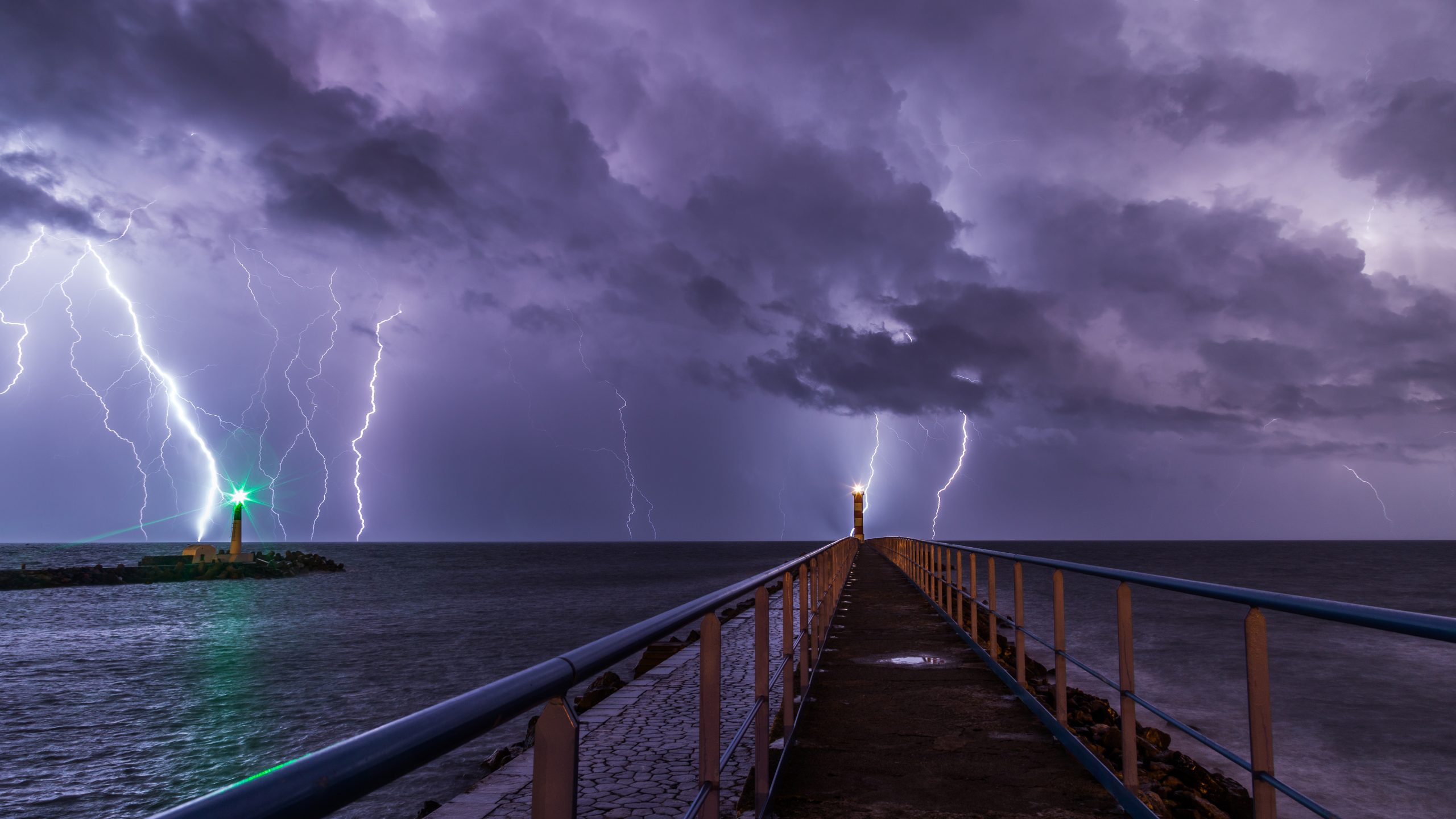Lightning, one of nature’s most powerful forces, strikes Earth millions of times each day with immense energy. Traditionally seen as an uncontrollable natural phenomenon, recent research suggests that human activities may be influencing how frequently lightning occurs. Scientists have discovered that pollution from massive cargo ships, particularly sulfur emissions, plays a significant role in intensifying thunderstorms in high-traffic shipping lanes.
Ship Emissions and Lightning: How Pollution Influences Storm Clouds and Thunderstorm Activity
Cargo ships burn fuel that releases tiny aerosol particles into the atmosphere. These particles act as cloud-forming agents, leading to more water droplets and ice crystals in storm clouds. The increased presence of ice enhances collisions between crystals, generating higher electrical charge buildup and resulting in more frequent lightning strikes. This effect has been observed in major shipping routes, such as those near the Port of Singapore, where a noticeable increase in lightning activity follows ship pathways.

For years, scientists suspected a connection between ship pollution and lightning but lacked definitive proof. This changed in 2020 when new international regulations required ships to reduce sulfur emissions by 77 percent overnight. Almost immediately, lightning activity in major shipping lanes dropped by 50 percent, providing clear evidence that pollution was fueling thunderstorms.
By releasing fewer aerosols, ships produced fewer cloud-forming particles, leading to a decline in storm intensity and lightning frequency.
Unintended Climate Consequences: How Human Activities May Be Altering Thunderstorms and Weather Patterns
This finding raises important questions about the extent to which human activities have been altering weather patterns without our awareness. If ship emissions can significantly influence lightning, other forms of industrial pollution may also be affecting global thunderstorm activity. Understanding these effects could be crucial for predicting changes in climate, storm behavior, and extreme weather events in the future.
While reducing ship pollution is beneficial for air quality and human health, it appears to have unintended consequences for weather patterns. Scientists are now urging further research to explore the broader impact of human activities on the atmosphere. As we continue to regulate pollution, we must also consider how these changes interact with natural processes, ensuring that efforts to improve environmental health do not inadvertently disrupt weather systems.


